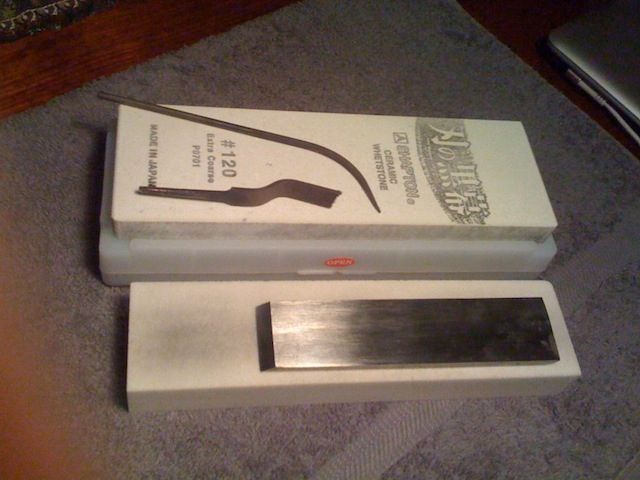I need a recommendation for a course water stone. I use a combination 1000/8000 stone for sharpening but if I need to do major edge repair or flattening I have to resort to a DMT Duosharp diamond plate and it works for crap. I have no grinder and would like to get a course water stone to replace the DMT. It needs to be a stone as I don't care for sandpaper and surface plates and stones are easily stored and used in my apartment. Thanks in advance.
Darren





 Reply With Quote
Reply With Quote






